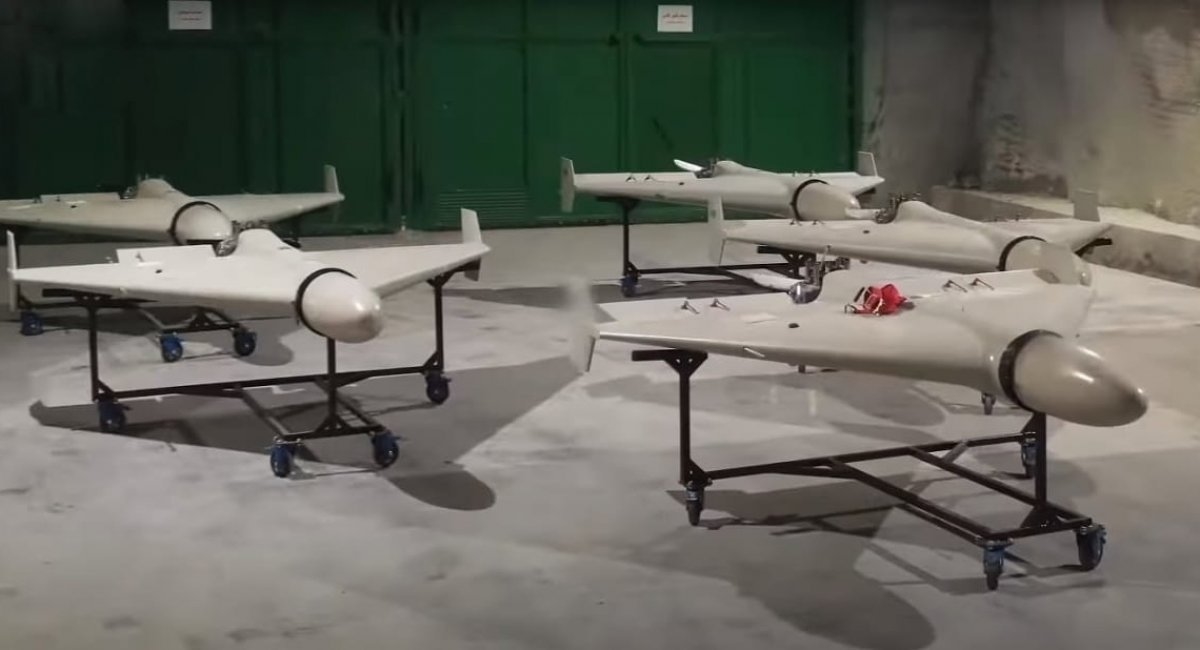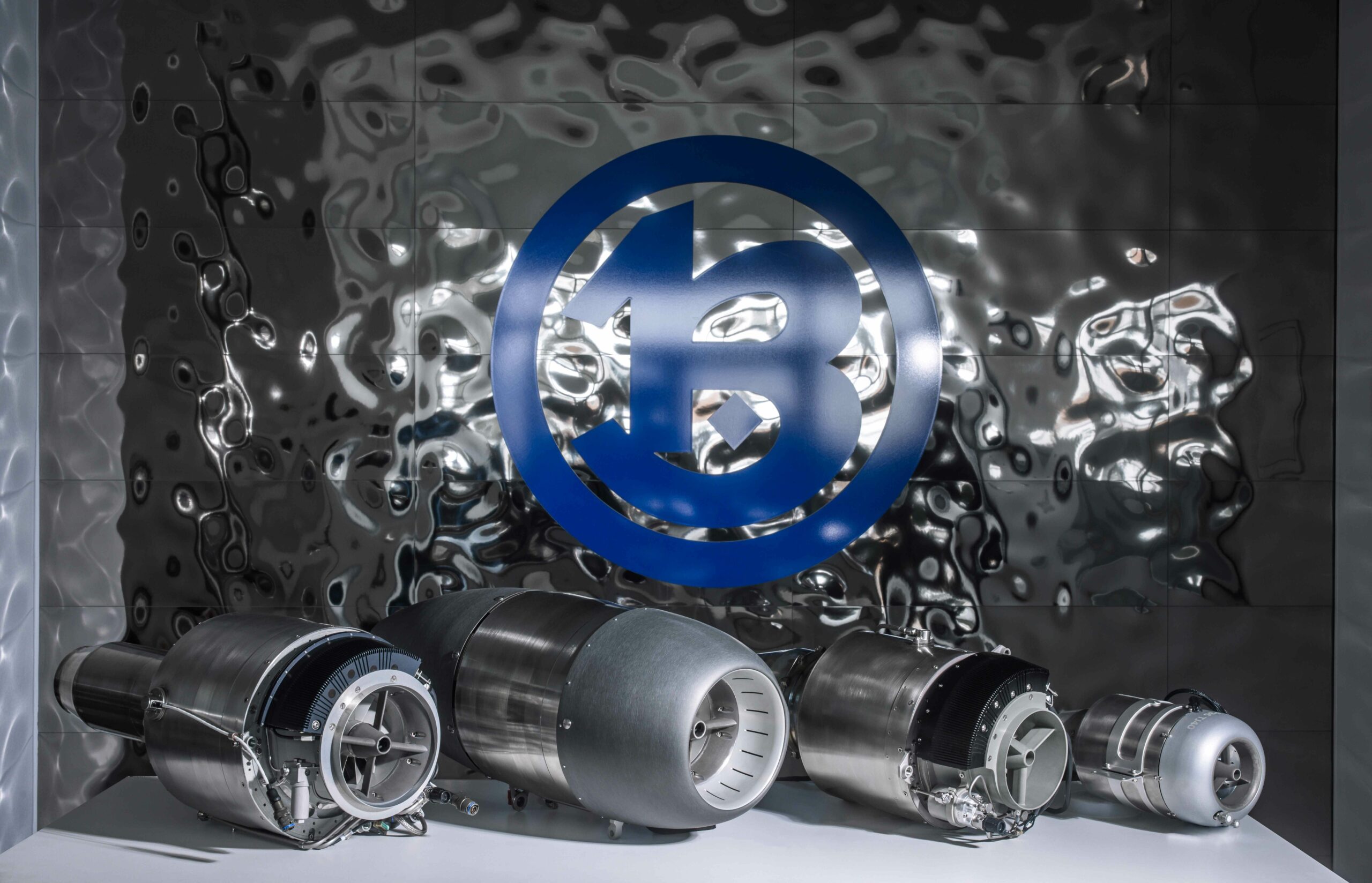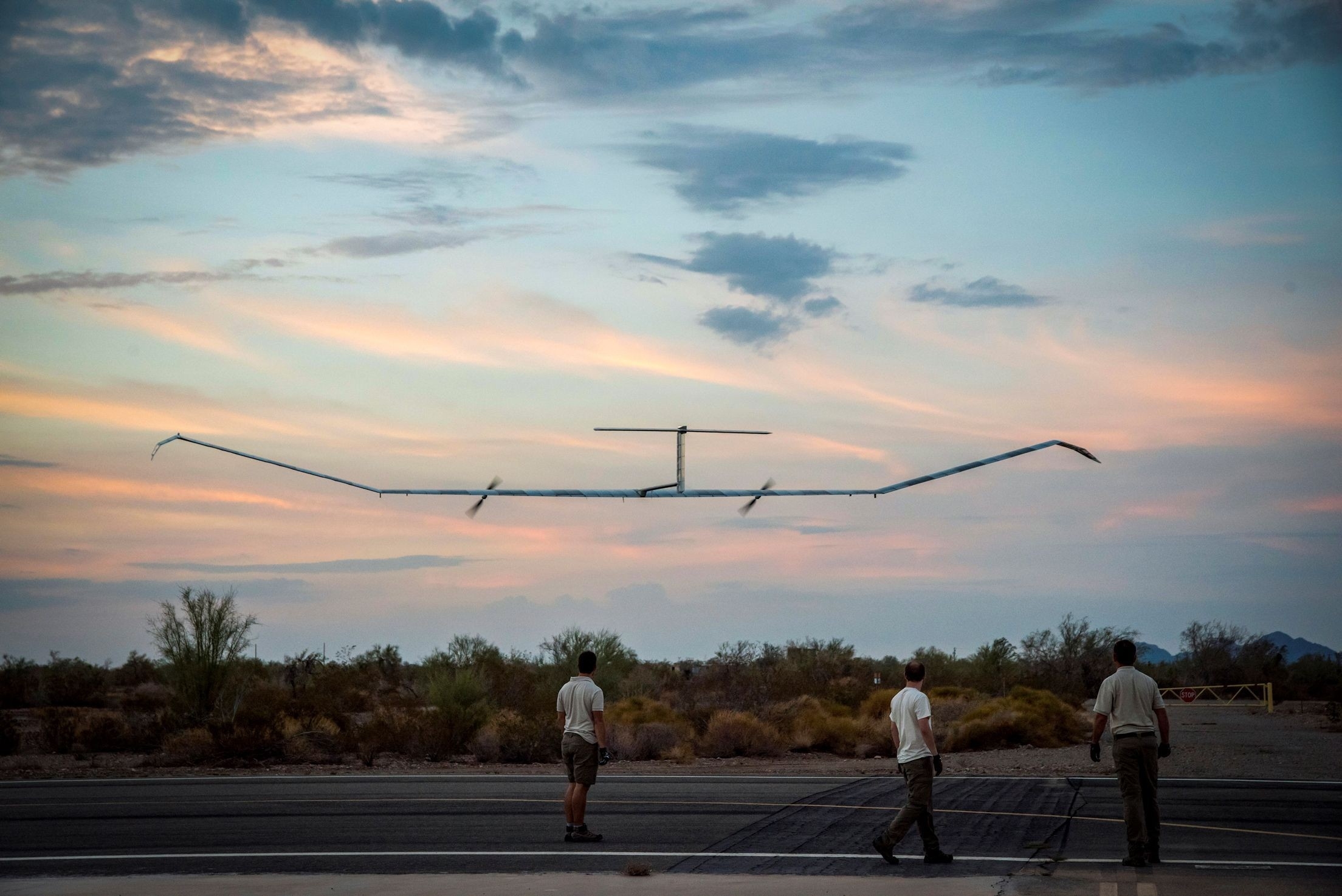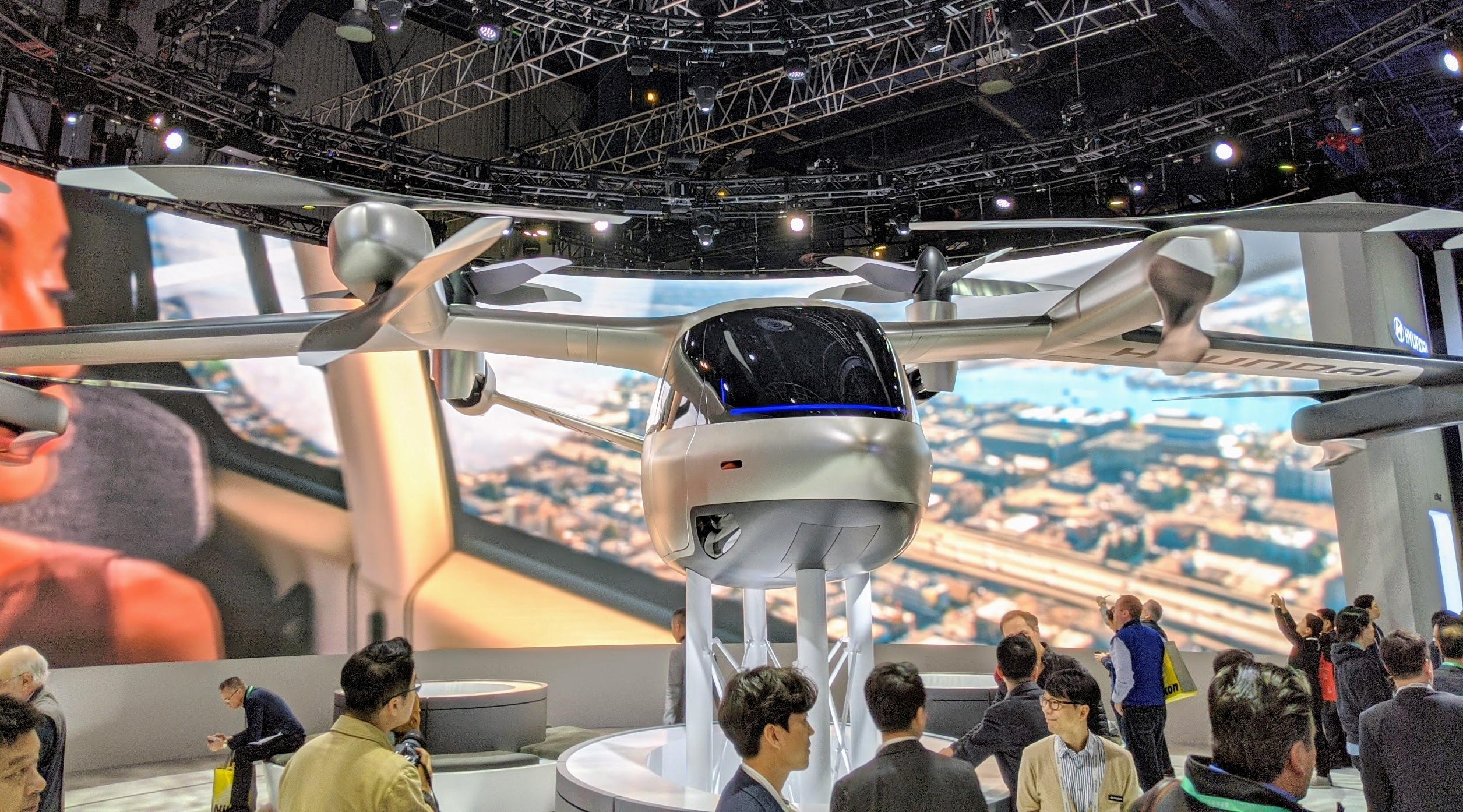
Power junkies: UAV propulsion challenges and trends
Tim Mahon
The war in Ukraine ensuing conflict has brought drone warfare into sharp focus. Though not new by any stretch of the imagination – unmanned systems have been used in conflict around the world since the turn of the century – the execution of drone warfare in Ukraine has given the issue new prominence, raised more challenges than ever before, and given birth to considerable innovation on both sides.
While Russian losses of equipment and manpower to drone attacks have been staggering, Russia’s own drone strikes on Ukrainian infrastructure have caused immense damage to buildings, factories and equipment, along with causing considerable harm to Ukraine’s civilian population in general. The loss of drones – particularly of the first-person view (FPV) genre most in vogue currently – has risen to an unprecedented level. Indeed, the Royal United Services Institute (RUSI) in London postulated that drone losses between the two sides are running north of 10,000 units per month. Meanwhile, drone production continues apace, with claim and counter-claim as to which side will be the first to produce 1 million drones per annum.
Against this background, the technology of unmanned systems has been progressing in leaps and bounds. Many tactical limitations unearthed in early operations have been overcome with technology insertion, the issue of attrition has been partially assuaged by altered tactics and the methodologies adopted to counter drone strikes through effective counter-UAV tactics and equipment are beginning to have an effect – though the provision of counter-UAV systems at the scale required remains an issue for both parties. One area not much discussed in open sources, largely because it is not as ‘exciting’ as new advances in autonomy, sensor improvements or enhanced weapons effects – is the improvement performance brought about by alterations in UAV propulsion.

Credit: Steadicopter
The first and, perhaps, most obvious improvement in propulsion systems has been the further development and enhancement of electric drives. While this was originally the preserve of the lighter, more agile Class I and II drones, there is evidence of serious work being done in making Class III drones all-electric as regards propulsion. This is particularly the case in Israel where, incidentally, there is also considerable effort being devoted to hybrid propulsion for larger UAVs that may be more vulnerable to counter-UAV capabilities as a result of their size and visibility. Fuel cells, solar power and several even more esoteric methods of propulsion are under examination, though do not look likely to enter serial production on Class III drones in the immediate future. Nonetheless, UAV propulsion is an area of development – both industrial and operational – that occupies a good deal of current attention.
The issue of speed – at tactical and strategic levels – is one that continues to trigger fierce debate in sections of the UAV community. Is the need for speed paramount, or should it give way to the stealth benefits deriving from near-silent propulsion units? Take the Iranian-manufactured Shahed-136 loitering munition for example, which Russia is now manufacturing under licence in quantity under the designation ‘Geran-2’. The versions used in Ukraine thus far have been powered by a simple turboprop, and the distinctive noise it makes has gave rise to its nickname of ‘the Moped’. Indeed, the ability for defensive assets to be alerted and even cued to the approach of a Shahed attack may well have been a motivating factor in Ukraine’s development of a network of acoustic sensors, which is proving so effective that the US military announced in January 2024 it was looking at testing the system to determine its efficacy for US counter-UAV operations.

Credit: Iranian State Media
Turbojets are becoming an increasingly popular propulsion system of choice for new UAV designers and developers, with more turbojet-powered UAVs appearing on the development continuum from drawing board to prototypes in test chambers. They bring with them the advantages of tactical speed and ‘dash speed’ – the latter exhibited successfully by the Anduril Industries Roadrunner-M loitering munition intended for the counter-UAV role. This is launched from an ‘automated hangar’ called ‘Nest’, and can use its high subsonic dash speed for a limited period to intercept relatively fast-moving UAVs or slower, low-altitude manned aircraft. Although the Roadrunner-M’s development is atypical of the direction in which other companies are moving (with the partial exception of RTX’s Coyote), informed observers suggest that more and more attention will be paid in the future to the provision of high speed as a key operational benefit. This will almost inevitably mean more effective turbojet engines.
Prvni brnenska strojirna Velka Bites, a. s (PBS Velka Bites) of the Czech Republic has specialised in the development of turbojets specifically designed for use in unmanned aircraft for over 20 years, featuring thrust from 400 N to 1,500 N. Currently in the closing stages of development is the latest iteration of its family of turbines, the PBS TJ200, which will be the most powerful turbine yet produced by the company. The compact fuel-lubricated turbojet features a brushless DC starter-generator, an electric metering fuel pump and a full authority digital engine control (FADEC) electronic control system. With an outer diameter of just 246 mm and length of 730 mm, the 28 kg engine lends itself particularly well to mid-sized UAVs. In terms of performance, the engine develops 2,280 N of thrust, allowing speeds of up to 326 m/s (Mach 0.95), and operating at altitudes of up to 10,000 m.

Credit: PBS Velka Bites
The smaller but still compact and powerful PBS TJ150 has been designed with smaller UAVs and high-speed target drones particularly in mind. Sharing many characteristics with its larger, younger sibling, the 17.1 kg TJ150 also offers an excellent thrust-to weight ratio – producing 1,500 N and offering top speeds up to 309 m/s (Mach 0.9) at altitudes up to 10,000 m. Several of the company’s engines feature pyrotechnic ignition and selected others are capable of being reused even after immersion in salt water, as may occur if the host platform lands in the sea.
Germany’s Sky Power GmbH, on the other hand, focuses its efforts from its Bad Homburg headquarters on a range of conventional two stroke combustion and Wankel rotary engines for UAV applications towards the lower end of the weight spectrum. The company makes considerable capital of the ‘Made in Germany’ nature of its engines, and has made significant inroads of late into providing engines for new and innovative programmes. A case in point is the Polish MADDOS VTOL 600h, a hybrid engine development of the VTOL 350e. In addition to the four electrically-powered rotors that provide the VTOL component of the 600h’s performance, the aircraft has been fitted with a pusher prop powered by a Sky Power SP-210 TS ROS two-stroke carburettor engine. The engine develops 12.6 kW (17.1 hp) at 6,000 rpm from a 210 cc displacement, and is offered with starter generator and generator for power production. The implementation of both forms of propulsion on the MADDOS VTOL 600h permits the platform an endurance of up to 10 hours and a maximum speed of 138 km/h.
Increasingly, power providers are offering complete packages, especially for electric and hybrid fuel/electric UAVs. Companies such as ePropelled in Lowell, Massachusetts, tempt designers and operators with packages that include motors, starters/generators and intelligent power management systems for holistic solutions, thereby offering the user lower energy consumption and enhanced range and endurance. A range of motors from 750 W to 12 kW of constant output leads to lighter, more efficient UAVs and, coupled with lightweight electronic speed controllers, contributes to enhanced size, weight, and power (SWaP) optimisation.
In addition to speed, a compact nature and extended endurance or loiter time, UAV users are increasingly demanding very high degrees of reliability from their aircraft. The eight-rotor Chinese Tianlong UAV, for example, has been designed as a firefighting asset capable of hovering and deploying ‘fire-extinguishing bombs’ into a conflagration with great precision and flexibility at an affordable cost. The operational concept is to remove human operators from hazardous situations and reduce potential casualties – but success depends on a very high degree of reliability and, according to the developers, this is best achieved by very close control of engine output. As application scenarios become more complex and critical, so increased emphasis is being placed on propulsion system reliability.

Credit: USN
As if all these desired capabilities and features were not enough to present engine developers with interesting enough challenges, the careful balancing of propulsion versus power generation adds a further layer of complexity. For almost any UAV, ranging in size from the Black Hornet personal reconnaissance system to the US Navy’s Triton high-altitude long-endurance (HALE) UAV, the propulsion system is the core provider of power to the aircraft – and therefore a powerful determinant of its ability to prosecute its mission(s) successfully. Whether conventionally fuel-powered, hybrid electric or pure electric, the engine is perhaps the most vital component of mission capability.
Traditional fuel propulsion offers distinct advantages in the form of higher payload capacity, extensive ranges and long-endurance, as well as rapid resupply. However, concerns over environmental impact, depletion of fossil fuels and political pressure have forced attention to focus more and more on hybrid and purely electric propulsion solutions – with the former widely seen as a stepping stone to the latter. Hybrid systems currently offer average savings of some 30% in fuel consumption compared with conventionally-powered aircraft.
There can be little doubt that electric propulsion is the direction in which the community is headed, but there are some subtleties and some as yet unproven technologies that may accelerate or impede progress. Both fuel cells and solar photovoltaic cells, offer viable alternatives to the Lithium-ion batteries in common usage. In Britain, the solar-powered Zephyr high-altitude UAV achieved a very creditable aloft time of 26 days in 2018, and in China similar efforts have manifested in the CH-T4 and Qimingxing-50 solar-powered UAVs. American forays into solar powered unmanned aircraft include the Solara 50, Apusduo and Aquila platforms.

Credit: Airbus
There are alternatives, of course. Further improvements to engine technology would enable developers to maximise the energy derived from fossil fuels. More research and development time and resources are required to investigate the potential for superconducting motors to effectively solve the issues of power and heat dissipation in electric motors. The prize for cracking that particular puzzle will be significant improvements in SWaP optimisation and commensurate increases in range, endurance and, perhaps, other aspects of airframe performance.
What does the future hold? A lot of work, a great deal of argument and debate and a host of divergent R&D projects – that much is certain. It is already clear, however, that a number of paths to the Holy Grail of efficient propulsion systems are revealing themselves. Among the technologies to be pursued will be: high-density energy storage – to overcome the inherent volume/weight penalties of hydrogen fuel cells; high-power density motor technology, which will have immense impact across a swathe of application challenges; high-efficiency and high-power density converters; and, perhaps above all, efficient heat management technology.
A rapid canter through some of the current and future aspects of UAV propulsion technology reveals a lively and vibrant developer ecosystem. There are all sorts of other avenues being pursued, too, such as supersonic UAV flight or even the recharging of UAVs from space via microwave link. That may seem fanciful, but in 2023 the Microwave Array for Power-transfer Low-orbit Experiment (MAPLE) test proved the concept of wirelessly beaming power through space, and was even able to direct a detectable amount of energy back to Earth. It may be some time in the future, but meanwhile there is the prospect of using air refuelling UAVs, à la MQ-25 Stingray. All things are possible but, it has to be said that, despite the critical nature of propulsion to the sensible evolution of UAVs, further development will, for the foreseeable future, play second fiddle to more imperative requirements. From the perspective of operators, these include: more reliable autonomy, better sensors, as well as enhanced weapon effects and capabilities.

Credit: Hyundai
Tim Mahon is an award-winning author, editor and consultant with a career spanning four decades in defence and aerospace. He is currently Publishing Director, Counter-UAS for Unmanned Publications.





